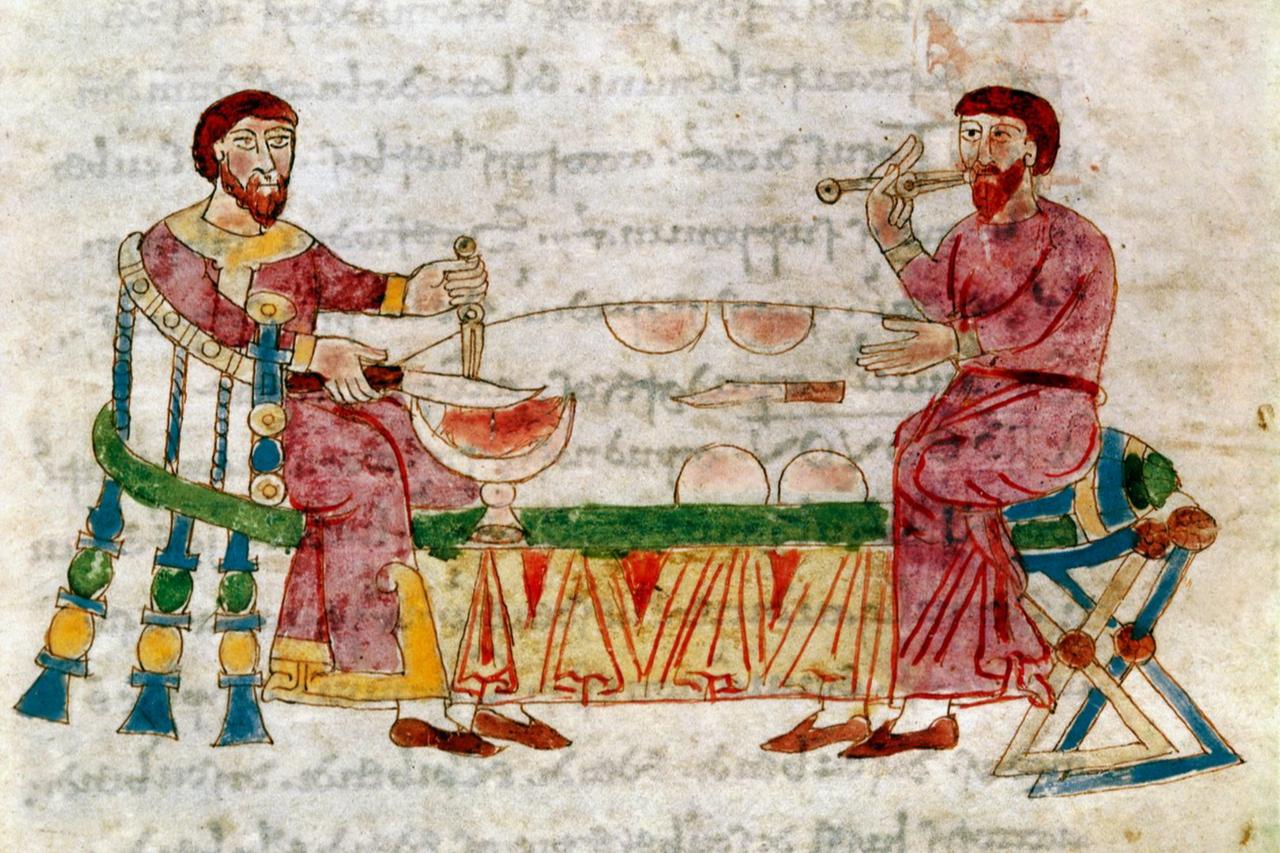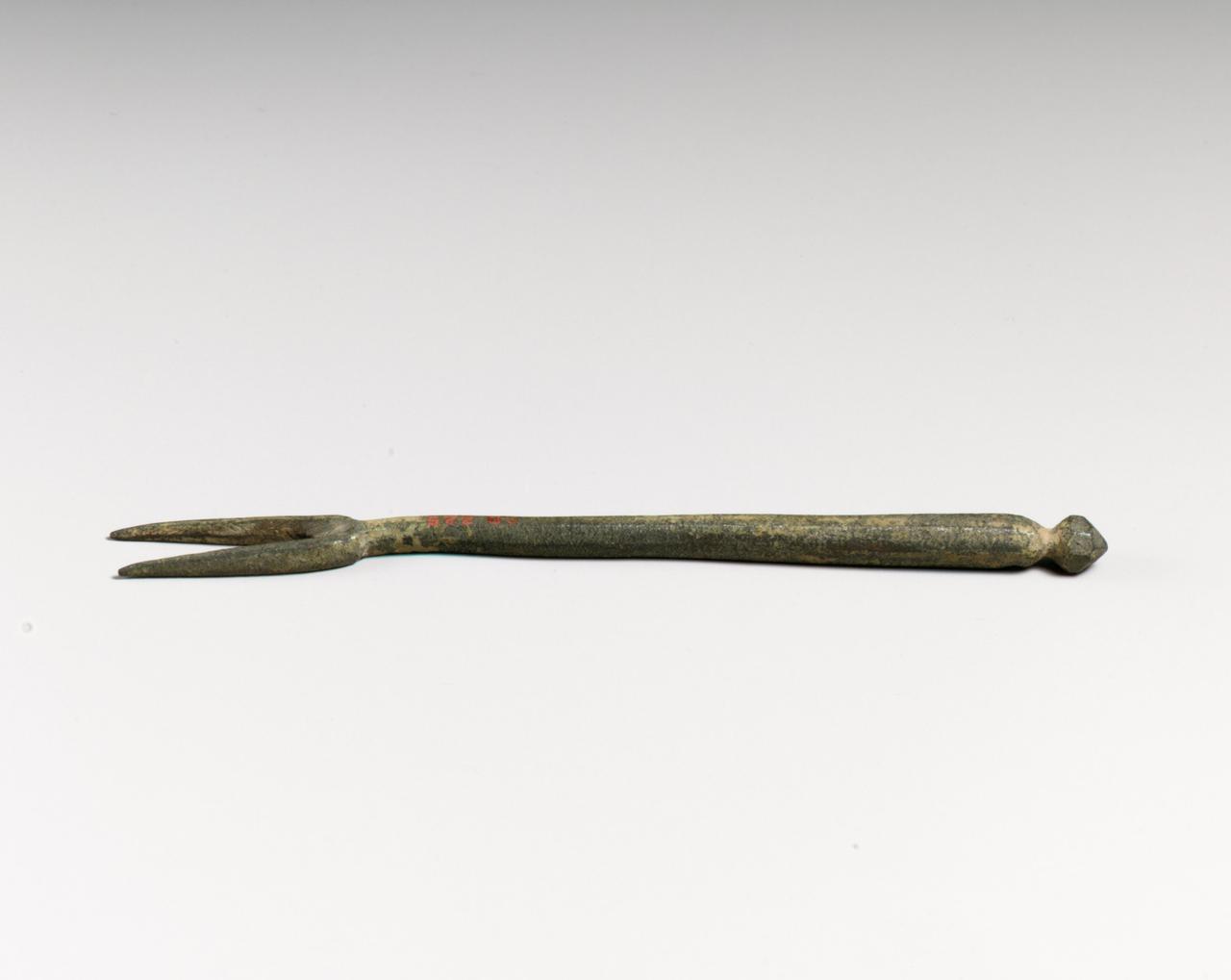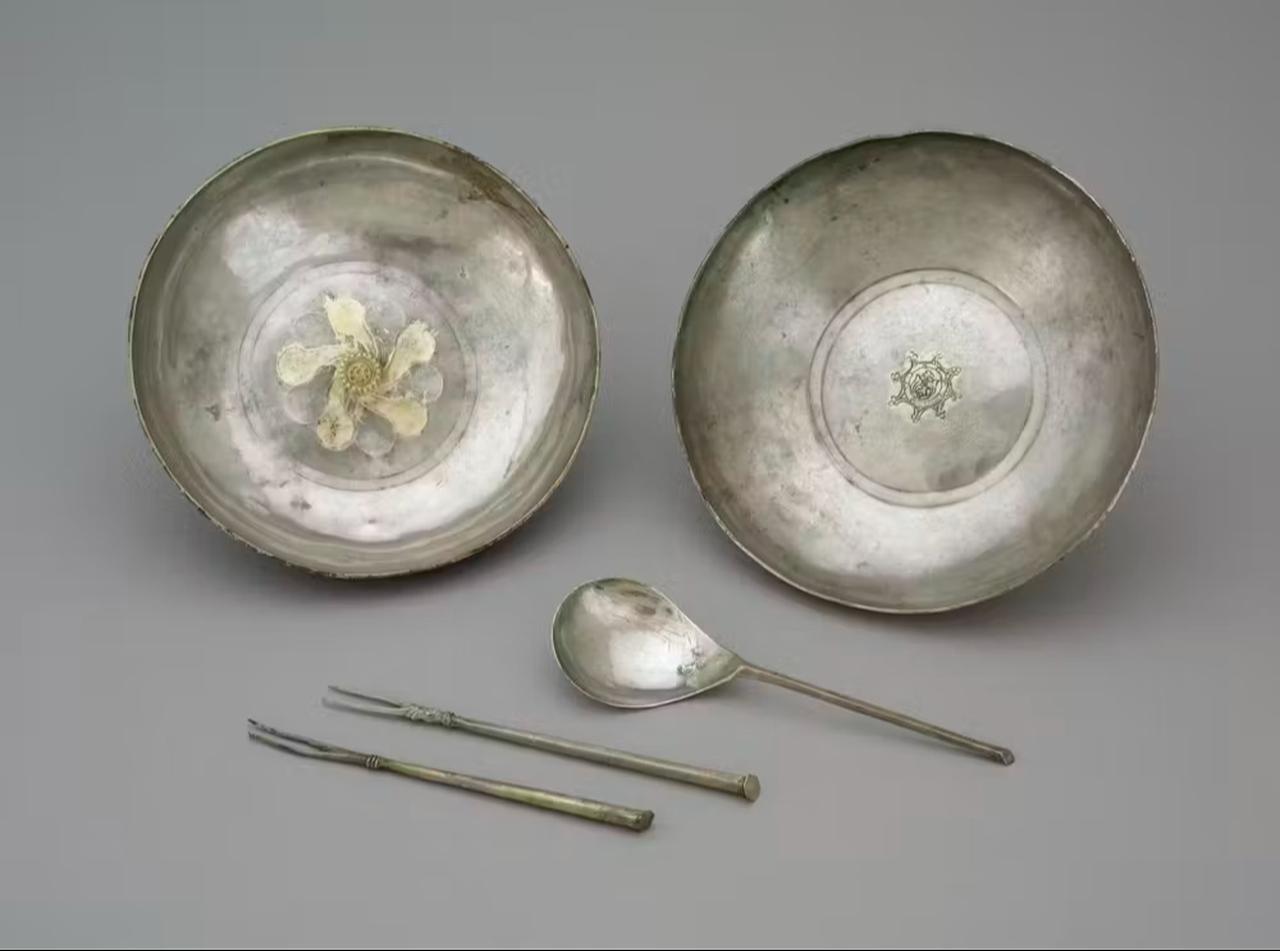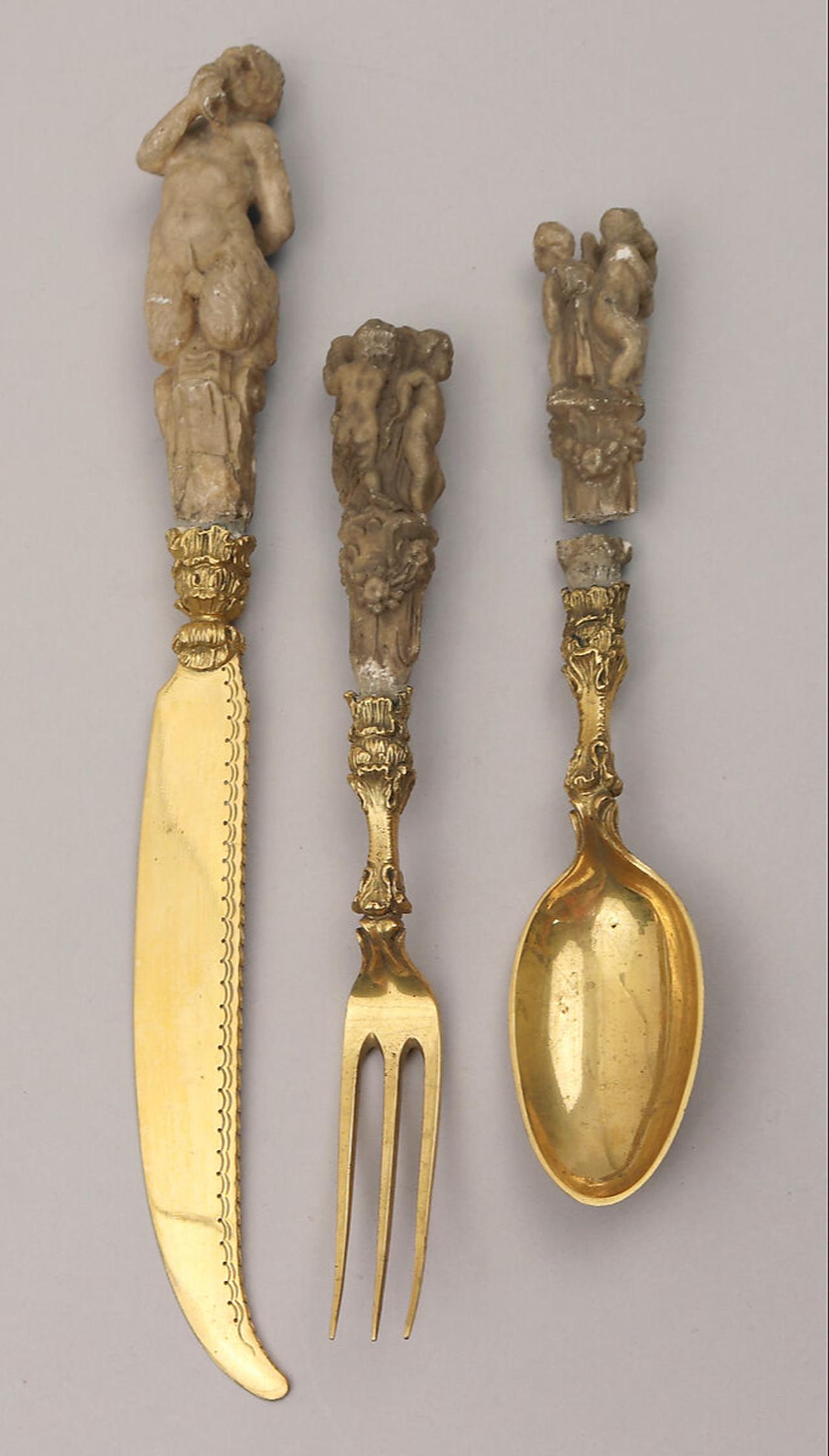
In today’s world, picking up a fork feels second nature. Yet this everyday utensil, first spread from Byzantine Anatolia, was once viewed with suspicion and even moral outrage. It took centuries of royal influence, cultural resistance, and changing food traditions for the fork to move from the palaces of Constantinople to dining tables across Europe.

Archaeological finds show that early versions of forks existed in Bronze Age China and ancient Egypt, though mainly for cooking and serving. The Romans also used bronze and silver forks, but rarely for personal eating.
By the 10th century, Byzantine elites began to adopt small personal forks at the table, shocking many Western visitors. The practice became widespread across the empire by the 11th century. In 1004, the Byzantine noblewoman Maria Argyropoulina married into the Venetian court and scandalized her new city by refusing to eat with her fingers, instead using a golden fork.
Her choice was so controversial that theologian Peter Damian accused her of vanity, claiming her premature death was divine punishment for rejecting the use of God-given hands. Despite the outrage, the fork was firmly established in Byzantine dining culture.
By the 14th century, Italy had made the fork a common utensil, especially useful for eating the increasingly popular dish of pasta. Among wealthy merchant families, the fork became a symbol of refinement and etiquette. From Italy, the utensil began its slow journey across Europe, carried by royal marriages and cultural exchange.

One of the key figures in this cultural shift was Bona Sforza, born into the powerful Milanese and Neapolitan dynasties in 1494. When she married Sigismund I, king of Poland and grand duke of Lithuania, in 1518, she entered courts where most food was still eaten with the hands, assisted by bread or wooden trenchers.
Bona introduced Italian court manners, including the use of forks, as well as new foods such as vegetables and wine. While initially restricted to formal dining, forks gradually spread among the nobility in Poland and Lithuania, becoming more common by the 17th century.
Another influential figure was Catherine de’ Medici, who married the future King Henry II of France in 1533. She arrived from Florence with Italian chefs, elegant silver forks, and refined table customs. Court meals under her guidance became theatrical spectacles, and dishes such as onion soup and duck a l’orange, though later claimed as French, reflected Italian influence.
While some legends exaggerate her role, Catherine helped integrate the fork into French dining culture, associating it with elegance and sophistication.

In early 17th-century England, using a fork was still mocked as pretentious. Travel writer Thomas Coryat returned from Italy, describing fork use, only to be ridiculed by his countrymen. For centuries, many Englishmen continued to prefer eating with knives and fingers, which they believed reflected honesty and masculinity.
Elsewhere in Europe, however, the fork became associated with civility. In Germany, specialized forks for bread, fish, and even ice cream appeared in the 18th and 19th centuries. In England, too, its adoption eventually turned into a class marker, with the “correct” way of holding it distinguishing the refined from the uncouth.
Mass production in the 19th century made stainless steel forks widely affordable. At this point, the debate shifted from whether to use forks to how to use them. Etiquette manuals offered instructions: no scooping, no stabbing, and always hold the tines downward.
From Byzantine courts to modern homes, the fork’s long journey shows how cultural habits can evolve, sometimes through scandal and resistance, but ultimately through practicality and refinement. Today, it is hard to imagine eating without it.